à¤à¤ªà¥à¤à¥à¤ 4 à¤à¤®à¤à¤® 30 डिà¤à¥à¤°à¥ à¤à¤à¤¡à¥à¤¸à¥à¤à¥à¤ª à¤à¤à¤¡à¥ à¤à¤à¥
à¤à¤ªà¥à¤à¥à¤ 4 à¤à¤®à¤à¤® 30 डिà¤à¥à¤°à¥ à¤à¤à¤¡à¥à¤¸à¥à¤à¥à¤ª à¤à¤à¤¡à¥ à¤à¤à¥ Specification
- इन्स्ट्रुमेंट
- प्रकार
- साहित्य
- अट
- तंत्रज्ञान
- पोर्टेबल
- रिचार्जेबल
- फोल्डेबल
- निर्जंतुकीकरण
- जलरोधक
- प्रकार वापरा
- Cystoscopy surgery
- वापर
- Hospital
- प्रदर्शन
- ऑपरेटिंग प्रकार
- उर्जा स्त्रोत
à¤à¤ªà¥à¤à¥à¤ 4 à¤à¤®à¤à¤® 30 डिà¤à¥à¤°à¥ à¤à¤à¤¡à¥à¤¸à¥à¤à¥à¤ª à¤à¤à¤¡à¥ à¤à¤à¥ Trade Information
- Minimum Order Quantity
- 1 तुकडा
- पुरवठा क्षमता
- प्रति महिना
- वितरण वेळ
- दिवस
- पॅकेजिंग तपशील
- PLASTIC PACKAGING WITH LABEL, CARDBOARD BOX
- मुख्य निर्यात बाजार
- , , , , , , , ,
- मुख्य देशांतर्गत बाजार
- सर्व भारत
- प्रमाणपत्रे
- ISO 13485, MD 5, MD 42
About à¤à¤ªà¥à¤à¥à¤ 4 à¤à¤®à¤à¤® 30 डिà¤à¥à¤°à¥ à¤à¤à¤¡à¥à¤¸à¥à¤à¥à¤ª à¤à¤à¤¡à¥ à¤à¤à¥
A cystoscope is a medical instrument used to visually examine the bladder and urethra. It is a thin, tube-like device equipped with a camera and light that is inserted through the urethra into the bladder. Cystoscopy can be performed for both diagnostic and therapeutic purposes.
Common uses of a cystoscope include:
Diagnosis:
- Urinary Tract Issues:
- Hematuria (blood in the urine): To determine the cause of blood in the urine.
- Recurrent Urinary Tract Infections (UTIs): To check for underlying bladder or urethral abnormalities.
- Frequent or Painful Urination: To investigate the cause of chronic bladder pain or other urinary symptoms.
- Bladder Conditions:
- Bladder Cancer: To identify and evaluate suspicious areas within the bladder.
- Bladder Stones: To locate and assess stones within the bladder.
- Bladder Inflammation (Cystitis): To diagnose inflammation or infection of the bladder lining.
- Urethral Problems:
- Urethral Stricture: To identify and measure narrowing of the urethra.
- Obstructions: To detect blockages or structural abnormalities in the urethra.
Therapeutic Uses:
- Stone Removal: To remove bladder stones or treat kidney stones that have migrated to the bladder.
- Biopsy: To take a small tissue sample from the bladder or urethra for further testing, often in the case of suspected cancer.
- Tumor Treatment: To remove or treat small bladder tumors.
- Catheter Insertion: To help place or remove a urinary catheter when insertion is difficult.
Cystoscopy is commonly performed in both outpatient and hospital settings and is typically a minimally invasive procedure.
Product details
|
Country of Origin |
Made in India |
|
Brand |
Optec |
|
श्रेण्या |
cystoscope |
|
Sterility |
Non Sterile |
|
Type |
Rigid |
|
Usage/Application |
Hospital |
Advanced Design for Precision Cystoscopy
Engineered from high-quality stainless steel, the 4 MM 30 Degree Cystoscope provides superior visualization during cystoscopy surgeries. The polished finish ensures smooth insertion and operation, while its manual design allows for precise control. Its ergonomic construction supports users in medical and surgical environments, ensuring safety and reliability.
Versatile Applications and Recyclable Construction
This cystoscope is designed explicitly for gynecology and urology procedures. It is reusable after sterilization and conforms to recycling standards, making it an environmentally conscious choice for hospitals and clinics. Compatible with various sized operations, it supports a broad range of cystoscopic interventions.
FAQs of Cystoscope 4 MM 30 Degree:
Q: How is the Cystoscope 4 MM 30 Degree used in cystoscopy surgery?
A: The cystoscope is manually introduced through the urethra into the bladder to allow direct visualization and assessment of the internal structures during cystoscopy surgery. Its 30-degree angle offers enhanced viewing for diagnostic and surgical procedures.Q: What materials and finish does this cystoscope feature?
A: Constructed from industrial-grade stainless steel, the cystoscope has a smooth, polished silver surface and is color-coded purple for easy identification, ensuring durability and high performance during surgical use.Q: When should this instrument be sterilized before use?
A: If not provided in sterilized condition, the instrument must be thoroughly sterilized following standard hospital protocols immediately before use to ensure patient safety and prevent infections.Q: Where is the Cystoscope 4 MM 30 Degree commonly utilized?
A: This device is predominantly used in hospital settings during cystoscopy procedures, especially within urology and gynecology departments, due to its reliability and precision.Q: What is the process for recycling this cystoscope?
A: After its designated single-use application, the stainless steel cystoscope can be processed according to medical recycling guidelines, promoting sustainability and reducing medical waste.Q: What are the benefits of using this cystoscope versus disposable alternatives?
A: This non-disposable cystoscope offers high-quality imaging, robust construction, and recyclability, which help in reducing long-term costs and minimizing environmental impact compared to single-use disposable instruments.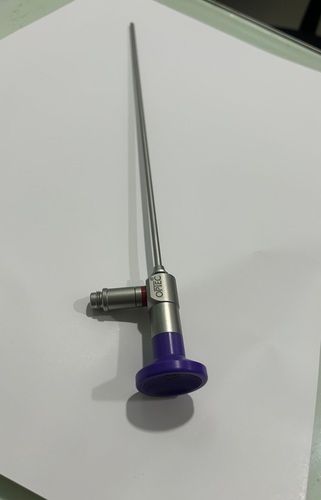
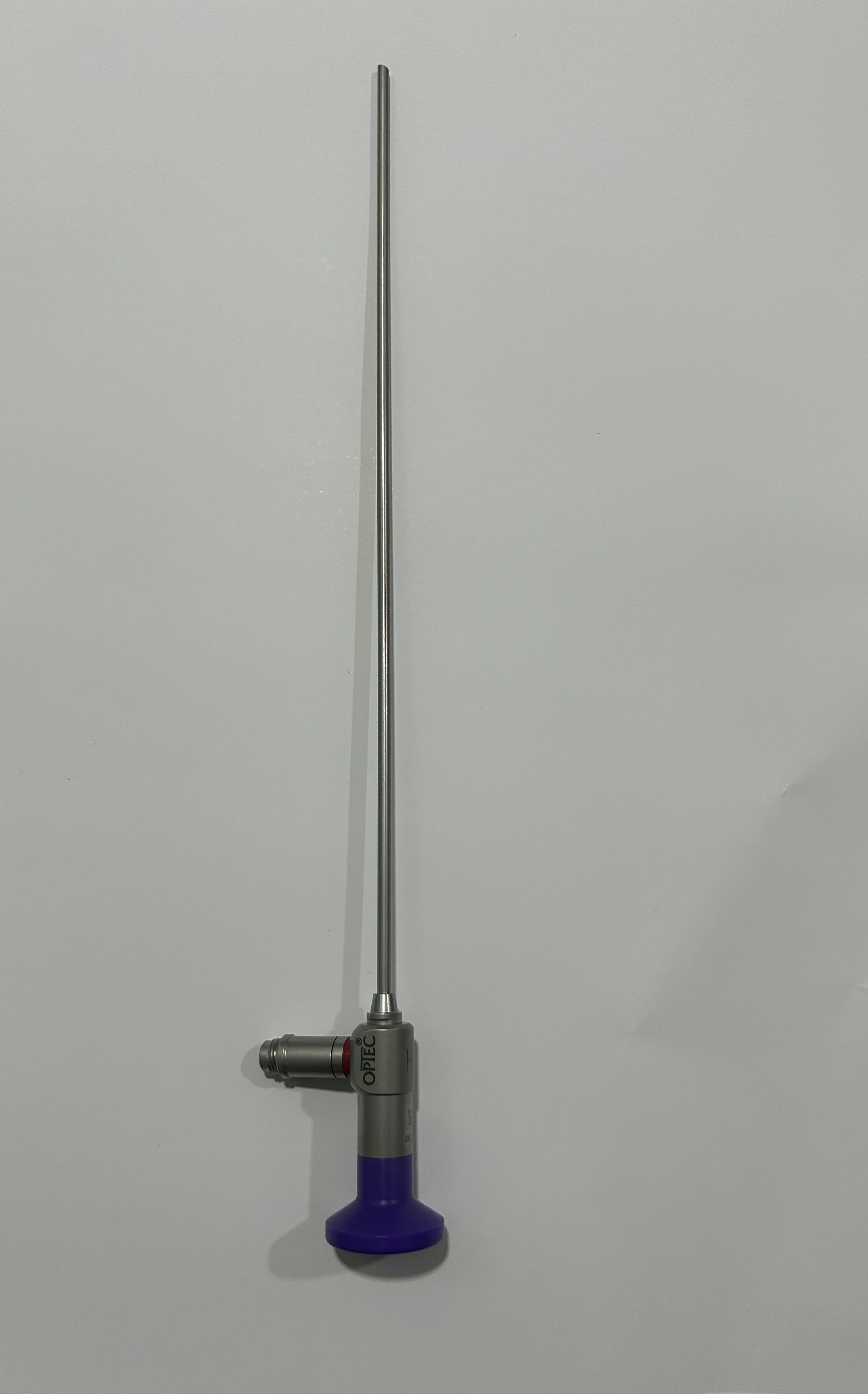
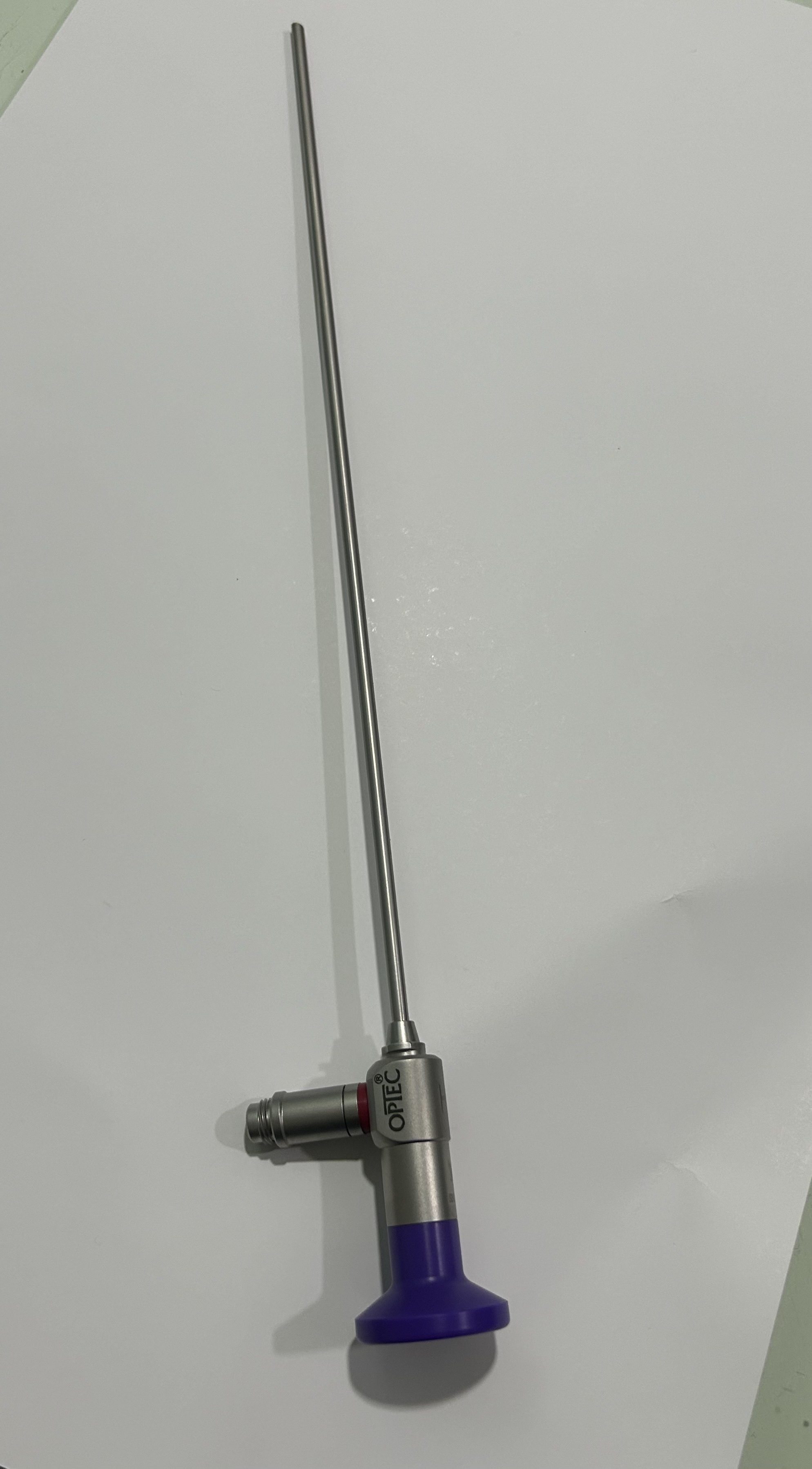

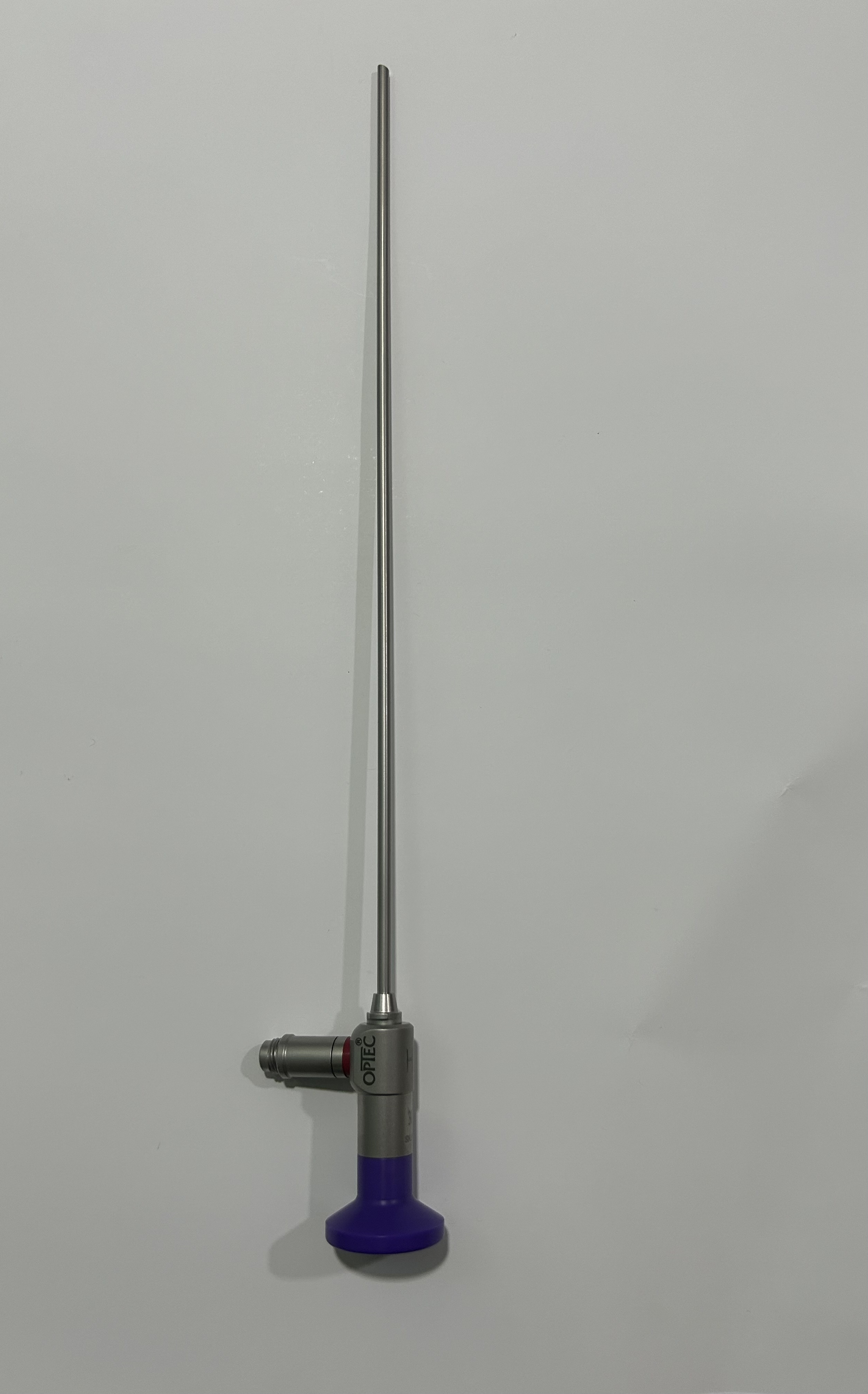
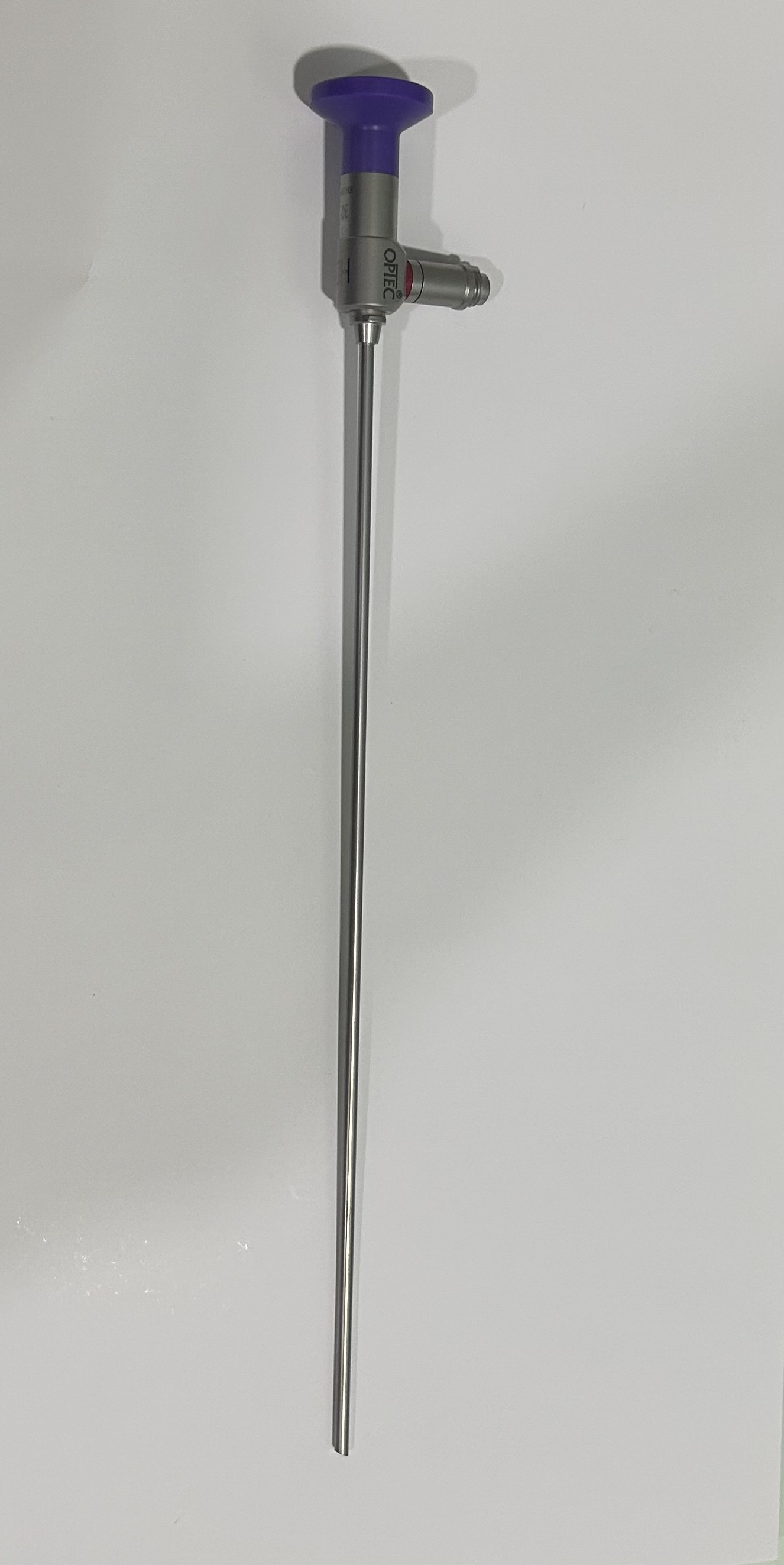
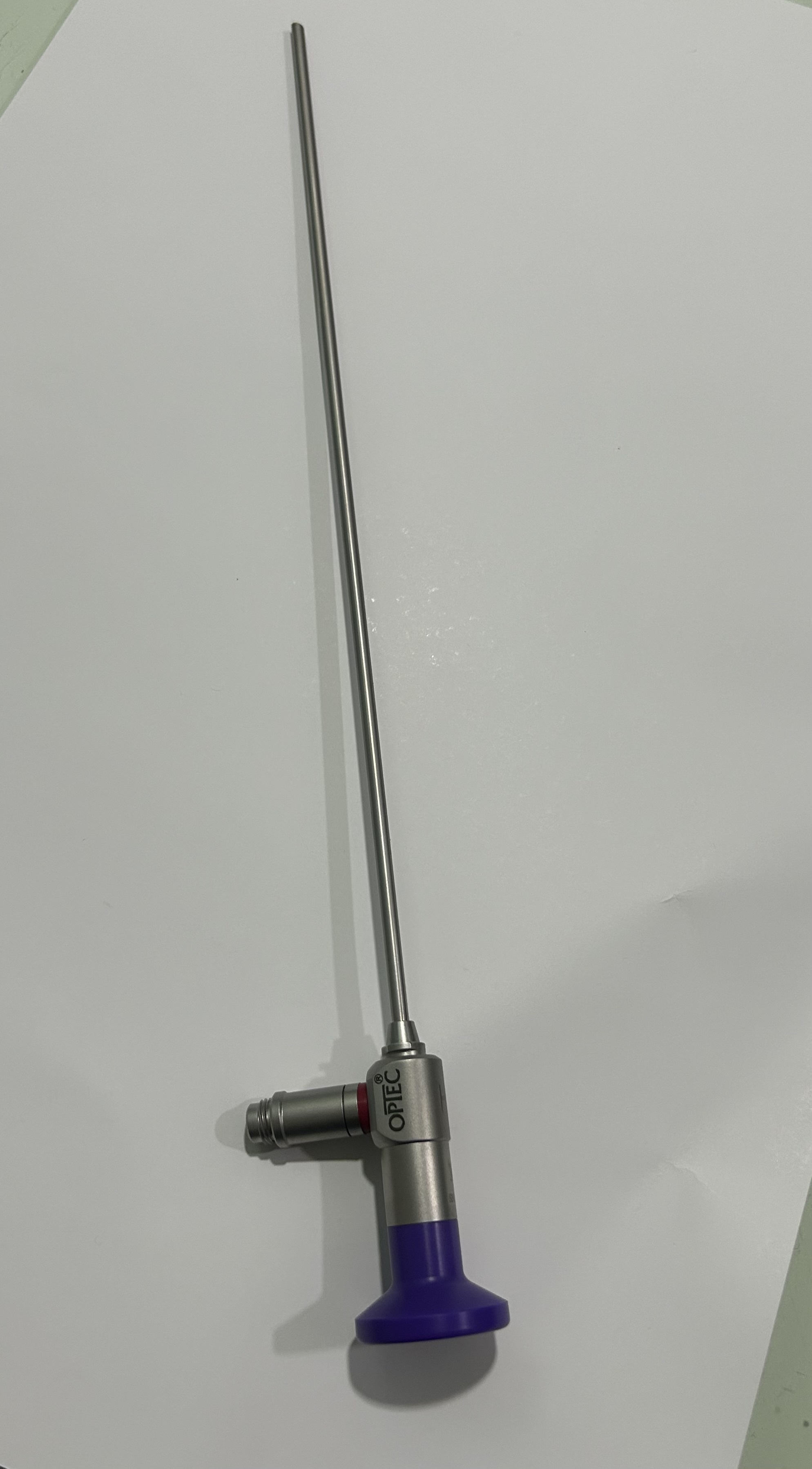

Price: Â
- 50
- 100
- 200
- 250
- 500
- 1000+
अधिक Products in Cystoscopy Instruments Category
सिस्टोस्कोपी शीथ 22 एफआर
फोल्डेबल : No
मापनाचे एकक : युनिट/युनिट
अट : नवीन
रिचार्जेबल : नाही
इन्स्ट्रुमेंट : Urology Surgery Equipment
किमान ऑर्डरची मात्रा : 10
डबल चॅनेल पुल
फोल्डेबल : No
मापनाचे एकक : तुकडा/तुकडाs
अट : New
रिचार्जेबल : No
इन्स्ट्रुमेंट : Urology Surgery Equipment
किमान ऑर्डरची मात्रा : 1


 चौकशी पाठवा
चौकशी पाठवा

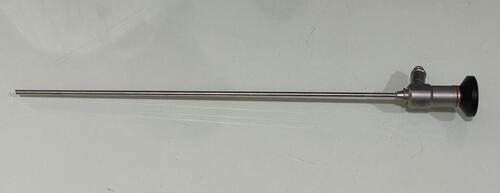

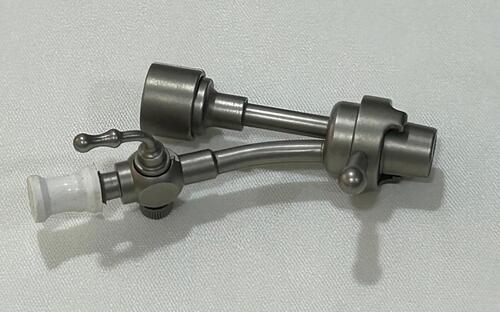


 चौकशी पाठवा
चौकशी पाठवा एसएमएस पाठवा
एसएमएस पाठवा